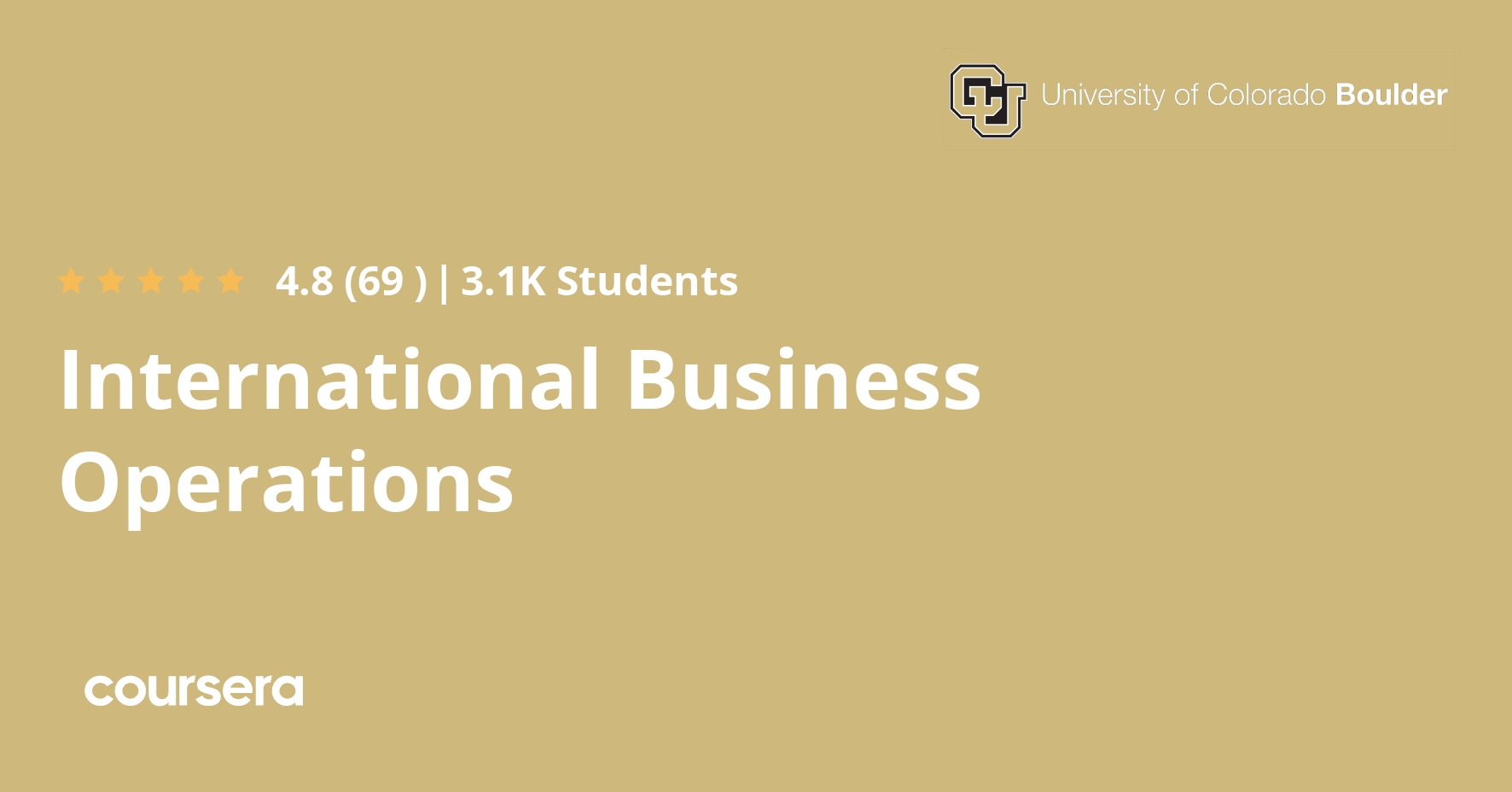Description
This course provides learners with a solid foundation in international supply, logistics, and foreign currency exchange. Foreign exchange is included in this course since it plays such an important role in planning and executing international operations. The first half of the course reviews critical roles that supply chain management, sourcing, logistics, and transportation play in contemporary global business. In the second half, the focus shifts to foreign currency exchange risks and methods for mitigating those risks, both financial and non-financial.
What you will learn
Global Supply Chains
In this module, we discuss global supply chains (GSCs) and global sourcing. International supply chains are all about moving goods, services, information, and resources around the world to facilitate global business. In many ways, supply chains are the implementation of international trade and globalization. In the first lesson, we define global supply chains, provide examples, develop important GSC strategies, and conclude by examining GSC operational details. In the second lesson, we survey global sourcing. We first tackle the critical make versus buy decision, then develop four international sourcing strategies, examine costing issues for global sourcing, and conclude with a program for international vendor selection.
Global Logistics and Transportation
This module explores two subsets of international supply chain management – global logistics and international transportation. Logistics management is responsible for the entire process of moving goods from point A to point B, which includes working with suppliers and vendors on schedules, creating import and export documentation, securing transportation services, and arranging for delivery to foreign destinations. Transportation management focuses on the means and methods of transportation, as well as the transfer of shipments from one mode of transportation to the next. Together, effective logistics and transportation management are crucial for the fast and efficient flow of goods and materials around the globe.
IB Foreign Exchange
We change direction in this module from logistics and supply chains to foreign exchange. As we shall see, foreign exchange risk has a large financial impact on foreign operations, especially on supply chains. In the first lesson, we define money and currency, and then introduce details and examples of foreign currency transactions. In the second lesson we turn to foreign exchange risk, often abbreviated as “forex” exposure. We find that any business or organization that has international transactions is exposed to translation, transaction, and operating risk. With examples, we show that the downside outcomes of forex risk can be large. Anyone dealing with cross-border currency transactions needs to be aware of, and wary of, foreign exchange risk!
IB Forex Markets and Hedging
In the previous module, we defined three types of foreign exchange (forex) risk and presented examples of its potential financial impacts. You might ask, “OK, I get it, but what to do about it?” This week we answer that question with a discussion of forex hedging techniques. Hedging methods are generally tools used to reduce financial risk. In the case of forex risk, we will cover non-financial hedging methods such as cash flow netting, as well as financial hedging methods including forwards, swaps, futures, and options. In the second lecture we will review the amazing global financial markets where foreign exchange and forex hedging transactions occur.




